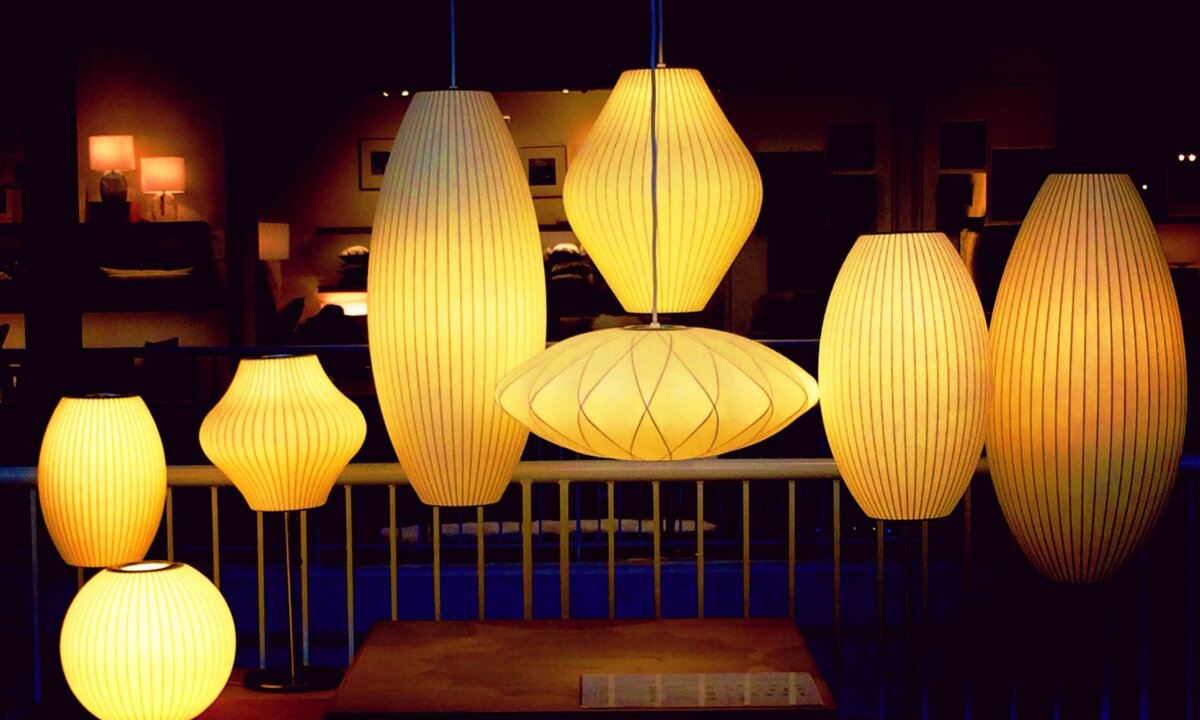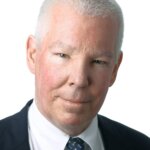Collected impressions of 2016 to date: the unfortunate passing of too, too many favorite musicians; the hard-to-escape-from strident bellicosity of our national political campaigns; a winter of welcome, abundant, Northern California rains; along with a plethora of riches in the Silicon Valley conference, symposium, and seminar vein.
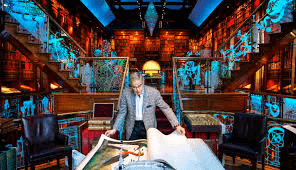 Take the January 2016 Johnson School Dinner at the Rosewood Hotel on Sand Hill Road as the first example. Who knew Jay Walker, the evening’s speaker, would be so good putting down a heckler who had become agitated during the course of Jay’s spellbinding talk, a talk that prominently featured MEMS, Sensors, and an augmented future somewhere between what we have now and the nanotechnology-rife future the Neo-Victorians of Neal Stephenson’s The Diamond Age inhabit?
Take the January 2016 Johnson School Dinner at the Rosewood Hotel on Sand Hill Road as the first example. Who knew Jay Walker, the evening’s speaker, would be so good putting down a heckler who had become agitated during the course of Jay’s spellbinding talk, a talk that prominently featured MEMS, Sensors, and an augmented future somewhere between what we have now and the nanotechnology-rife future the Neo-Victorians of Neal Stephenson’s The Diamond Age inhabit?
(I think Jay Walker’s personal library is straight out of that book too, btw.)
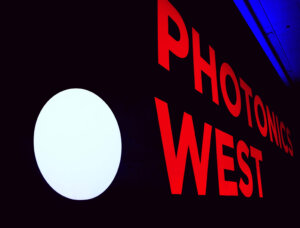 Or take Photonics West 2016 in San Francisco, an event grown large even as SEMICON West has grown smaller. “Everything is Illuminated” could have been the theme; according to SPIE, “Hot technical topics included neurophotonics, 3D printing and imaging, miniaturization in biomedical devices as well as sensors and optoelectronic devices, photoacoustic sensing, fiber lasers, and silicon photonics, to name a few.”
Or take Photonics West 2016 in San Francisco, an event grown large even as SEMICON West has grown smaller. “Everything is Illuminated” could have been the theme; according to SPIE, “Hot technical topics included neurophotonics, 3D printing and imaging, miniaturization in biomedical devices as well as sensors and optoelectronic devices, photoacoustic sensing, fiber lasers, and silicon photonics, to name a few.”
Nikon LithoVision 2016, held the Sunday of SPIE Advanced Lithography week in late February, filled the San Jose City National Civic with a photolithography-minded 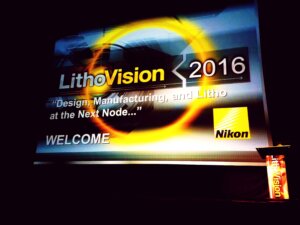 crowd eager to hear from this photolithography tool supplier (the one not working so prominently on EUV lithography) about state-of-the-art immersion lithography for multi-patterning applications. Practically speaking, the advancements Nikon has made on its exposure tools over the decades since I was last a photolithography engineer are remarkable. According to Nagasubramaniyan Chandrasekaran, Micron Technology, future bit growth in DRAM fabrication is going to be enabled not by building new wafer fabs, but rather by taking advantage of the kind of technology scaling advances made possible by the advanced lithography tools Nikon featured at the Civic.
crowd eager to hear from this photolithography tool supplier (the one not working so prominently on EUV lithography) about state-of-the-art immersion lithography for multi-patterning applications. Practically speaking, the advancements Nikon has made on its exposure tools over the decades since I was last a photolithography engineer are remarkable. According to Nagasubramaniyan Chandrasekaran, Micron Technology, future bit growth in DRAM fabrication is going to be enabled not by building new wafer fabs, but rather by taking advantage of the kind of technology scaling advances made possible by the advanced lithography tools Nikon featured at the Civic.
The 37th Annual Northern California Chapter of the American Vacuum Society’s Equipment Symposium also featured a day-long NCCAVS Joint User Group Technical Symposium on the 24th of February at the Holiday Inn on North First Street in San Jose, CA. 50 Years in the Semiconductor Industry doing #ToughThingsFirst is the story of Ray Zinn’s life, but it doesn’t look as if it’s aged him much during his reign as Silicon Valley’s longest-serving CEO, in his role at Micrel.
“Running the high hurdles isn’t easy when you are vertically challenged.”
You’ll just have to read the rest of Ray’s book for more.
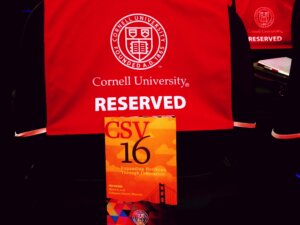 The Computer History Museum in Mountain View, CA, hosted back-to-back events in early March; the first was CSV16, the annual gathering of Silicon Valley Cornellians who, after commiserating over the tragic passing a day earlier of Cornell’s 13th President, Elizabeth Garrett, only 52, went on to learn about Robots We Can Trust (“Why don’t we have robotic butlers making our lives easier? … One crucial component required for autonomy is an ability to comprehend user-provided requests, reason about their feasibility, and react by either performing the task or explaining why it can’t be done. Basically, to deploy robots, they need to tell us when they can do the job and when they might fail and why.)
The Computer History Museum in Mountain View, CA, hosted back-to-back events in early March; the first was CSV16, the annual gathering of Silicon Valley Cornellians who, after commiserating over the tragic passing a day earlier of Cornell’s 13th President, Elizabeth Garrett, only 52, went on to learn about Robots We Can Trust (“Why don’t we have robotic butlers making our lives easier? … One crucial component required for autonomy is an ability to comprehend user-provided requests, reason about their feasibility, and react by either performing the task or explaining why it can’t be done. Basically, to deploy robots, they need to tell us when they can do the job and when they might fail and why.)
There was more: The Internet of Things: What Matters to Me (“The concept of IoT and its associated products and services have been in development and discussion for years. Yet, many consumers don’t feel the impact on their lives and don’t know what to expect from this emerging technology.”); and there was How Cornell Made Me What I Am (“M. Arthur ‘Art’ Gensler ’57, Founder and Former Chairman, Gensler).
What we learned we needed: better sensors. Better batteries. And always being ready with a business card – you never know when someone will ask you to design their next airport terminal, or the next 100 Apple Stores.
The back of the back-to-back Computer History Museum events was the Start Your HBM/2.5D Design Today Seminar, featuring speakers from the SK Hynix – Amkor and associated High Bandwidth Memory ecosystem.
![]() The Queen moderated, my 3D InCites colleague Herb Reiter wrote an enthusiastic piece about the afternoon, and my day was made when I heard Paul Silvestri, Amkor, tell us that “TSV should be considered as a production-ready technology that’s available today.”
The Queen moderated, my 3D InCites colleague Herb Reiter wrote an enthusiastic piece about the afternoon, and my day was made when I heard Paul Silvestri, Amkor, tell us that “TSV should be considered as a production-ready technology that’s available today.”
The future has arrived.
It’s just not evenly distributed. (pace, William Gibson.)
From Silicon Valley, CA, thanks for reading. ~PFW



